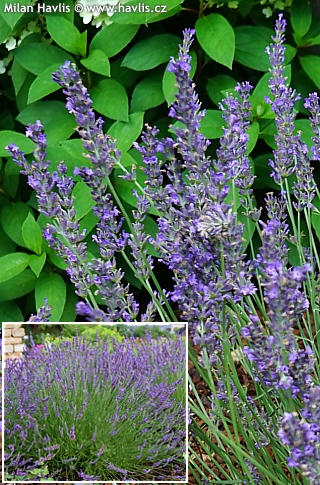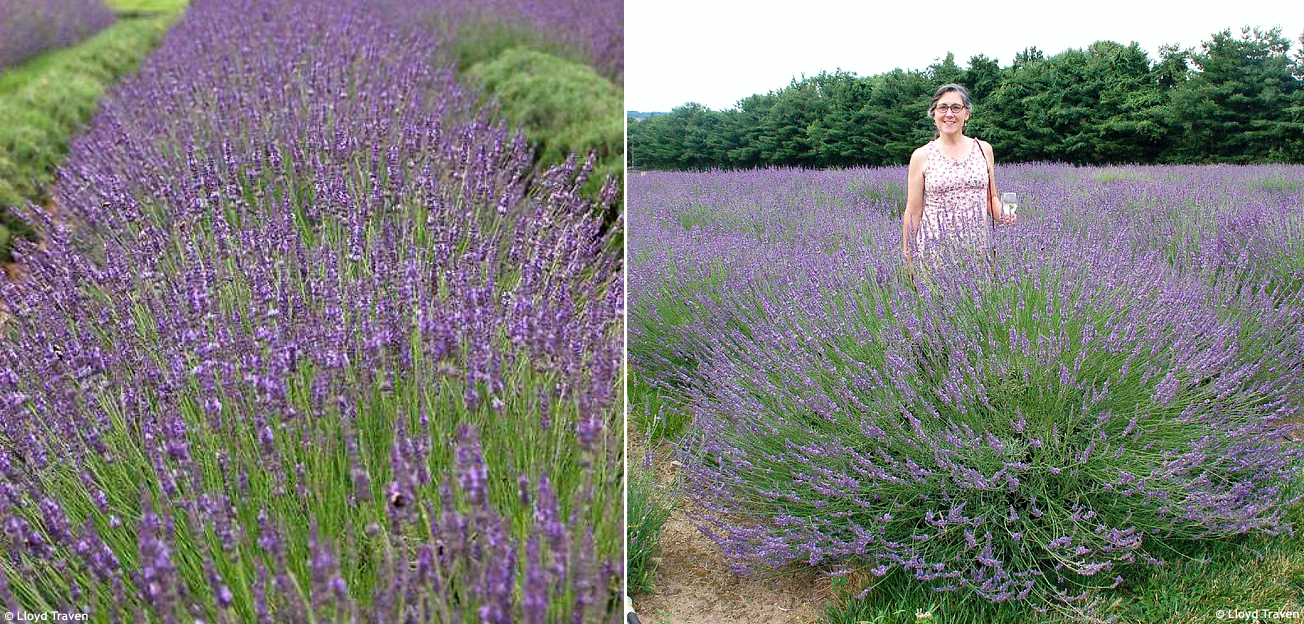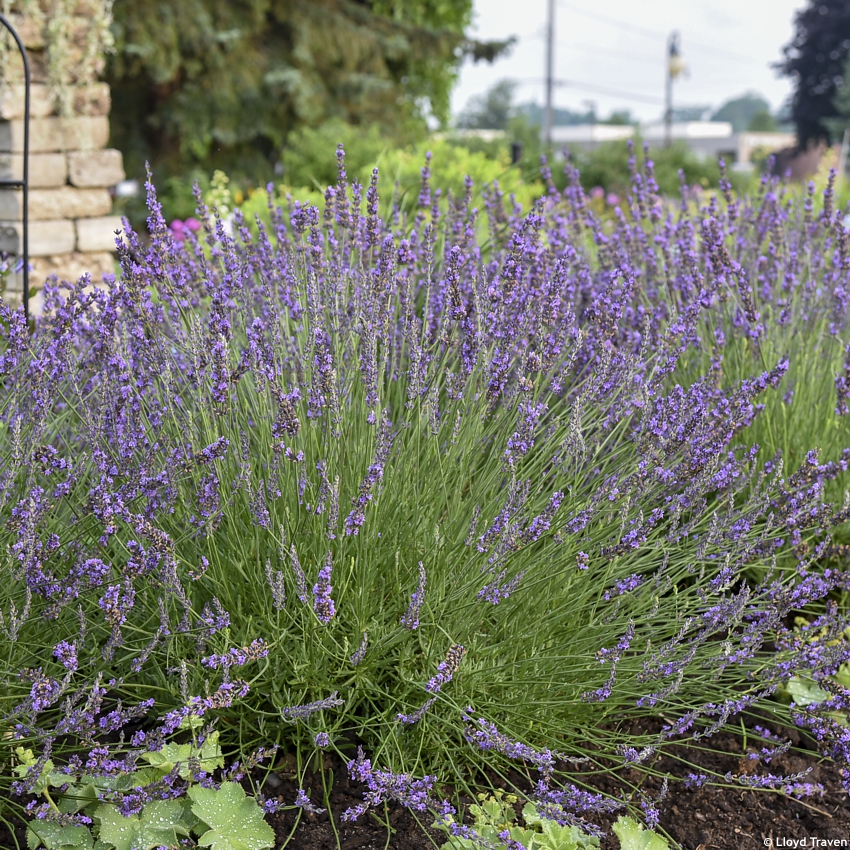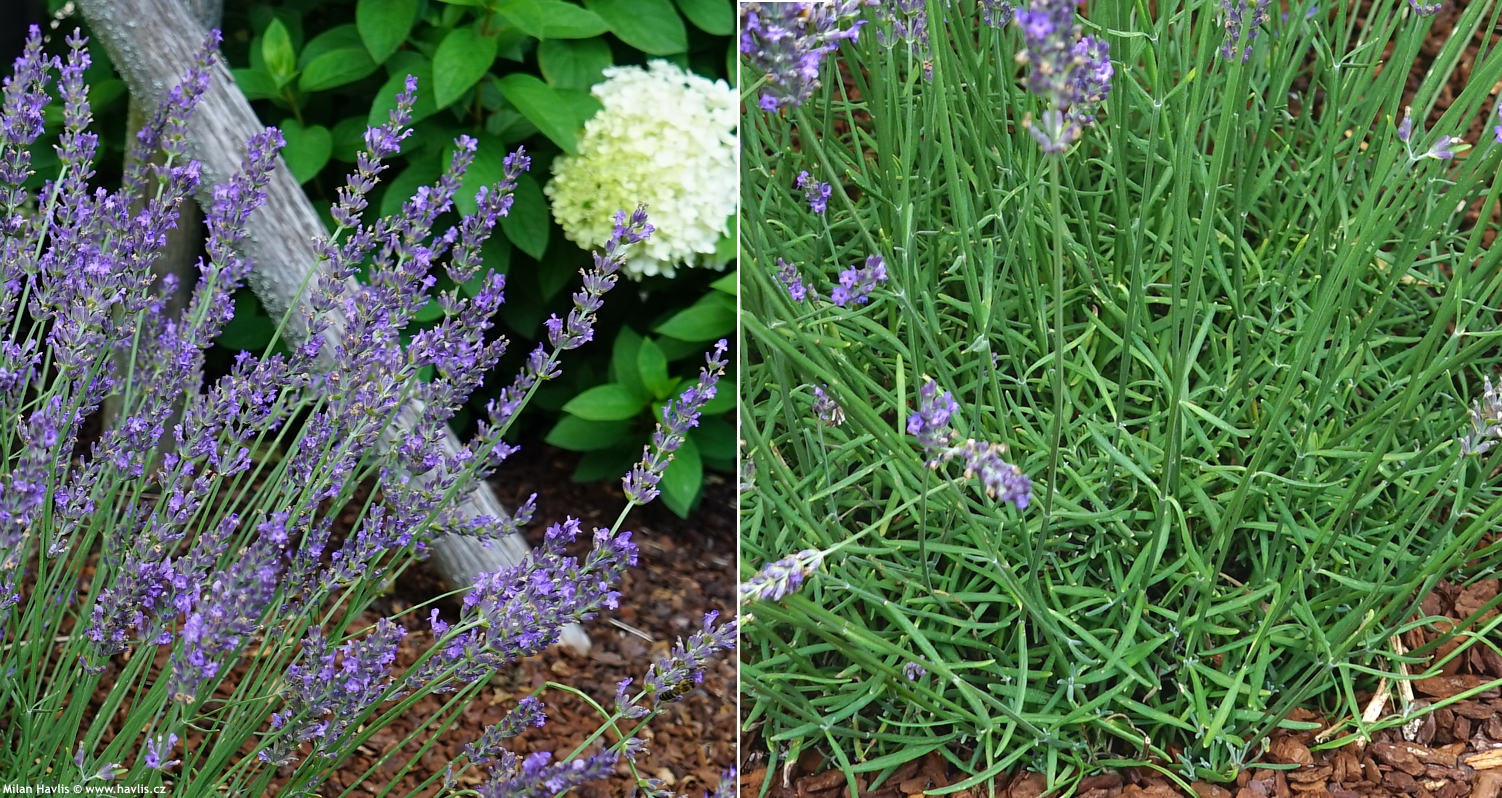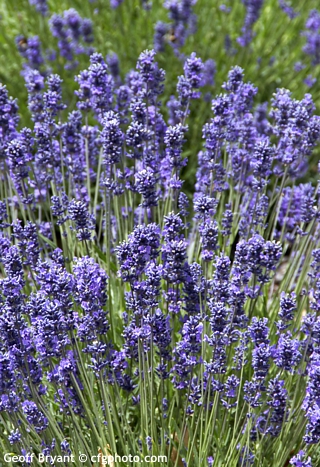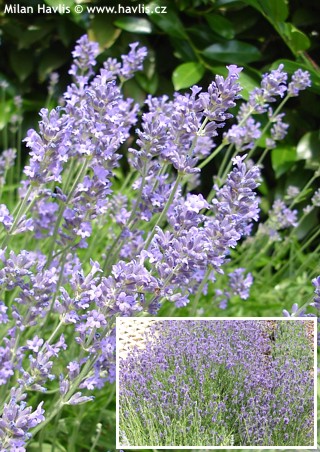Lavandula x intermedia 'Niko' PHENOMENAL® lavandin
size/type
mid-sized perennial,mid-sized perennial
usual height
0,6-1m
usual width
0,8-1,3m
leaves
evergreen broadleaf
colour of leaves
flowers
showy
colour of flowers
blooming time
July-September
location
full sun
soil type
neutral to alkaline
soil moisture requirements
dry and sharply drained (xeriscape)
USDA zone (lowest)
5 (down to -29°C)
winter protection
for zone 5+6

for zone 7

categorized
Lavandula
First time visitor to French Provence will be astonished seeing the endless fields glowing with deep purple colour. Lavenders are grown there like corn or potatoes here. The magnificent view is often linked with a question 'can we do something similar at home, too? ', and the answer is positive: YES! Lavenders are hardy and low maintenance plants that will thrive in any well-drained soil in full sun. Lavandin is a hybrid lavender, a cross between English lavender (l. angustifolia) and Portuguese lavender (l. latifolia) which is renowned for high contents of fragrant oils.Description of the plant:
PHENOMENAL® lavandin is a proud introduction by an American lavender specialist Lloyd R. Traven from Peace Tree Farm in Pennsylvania where they perform a different, organic approach to growing of plants. He found it in a field of Grosso lavender as a whole plant mutation in 2007 and its patent PP24193 was granted in 2014. Ever since its introduction in 2012 it has become one of the best-selling lavender varieties cultivated both for its beauty and crop. PHENOMENAL® is a vigorously growing variety of lavandin, yet more compact compared to Grosso variety. It makes densely branched, dome-shaped, semi-woody subshrubs with spike-like inflorescence composed of rich violet flowers atop green, about 80 cm long stems from late June or early July until September. Evergreen leaves are short, linear, medium green with prominent silvery-grey hues in spring. They are present also inside the shrubs where older varieties lack foliage or exhibit foliage die back. It is resistant to common lavender diseases endangering plants cultivated it too humid climates or exceedingly moist soils.
We recommend pruning the plant every spring leaving about a third or maximum half its size to maintain a dense and profusely flowering shrub. You can remove the stalks with spent flowers after flowering to make the clump look neat again, or even sooner if you wish to dry the flowers (hung upside down in an airy room). It will grow in most types of soil provided it is well-drained and not water-logged. The only thing it needs is a sunny location. PHENOMENAL® lavandin is fully hardy to min. -30 °C (USDA 5) and the breeder believes it can take a few more degrees lower.
Last update 04-03-2022

































